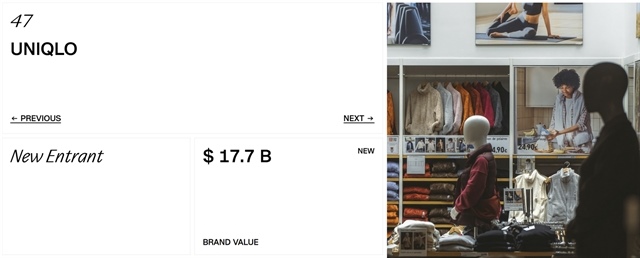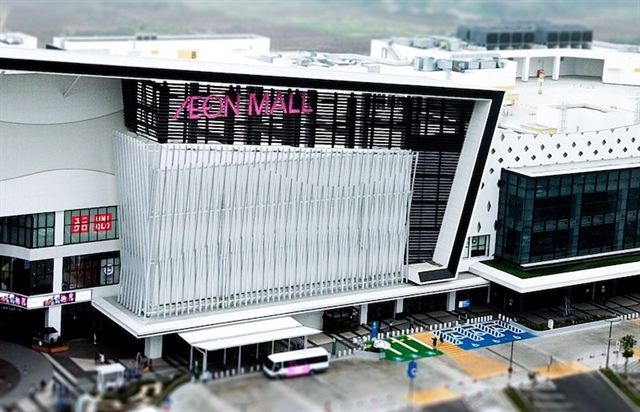Vietnam repeats “hydropower mistake” with oil refineries?
Vietnam repeats “hydropower mistake” with oil refineries?
Experts have warned that Vietnam may become the place for foreign investors to export backward petrochemical technologies.

While Vietnam just entered the first phase of the “oil refinery era” with a series of petrochemical projects kicked off in recent years, other countries are seeking new, clean energy sources which can replace fossil energy.
Dr. Nguyen Dong Hai, an oil and gas expert, has warned that Vietnam needs to consider thoroughly before licensing oil refinery projects, or it would repeat the “hydropower mistakes.”
A lot of hydropower plants were licensed just within a short time, before the local authorities and people realized the dangerous devastation of the plants on the land and local people’s lives.
Meanwhile, the petrochemistry surely affects the environment.
Vietnam’s crude oil reserves are not big. The White Tiger oil field has been exploited over the last 25 years already. Meanwhile, a lot of high capacity oil refinery projects have been licensed, which means that the refineries would have to use import oil.
“We have to offer big investment incentives to attract investors to the projects. What profit will we obtain from this?” Hai questioned.
At present, only the Dung Quat Oil Refinery uses Vietnam’s crude oil, while other refineries plan to use oil imports. According to the Ministry of Industry and Trade, Nghi Son oil refinery would use the imports from the Middle East, Nhon Hoi from the Middle East, Africa, South America. The same thing has been designed for VUng Ro, Long Son and Nam Van Phong projects.
Le Dang Doanh, a well-known economist, has also asked the government to think carefully before deciding to develop the petrochemistry industry. He said it’s necessary to anticipate the problems to be arisen, including the environment pollution, the lack of input materials and the world’s trend for clean energy sources.
“Only when the investors submit the reports about the projects’ scale, capacity, consumption market, input material supply sources and the impacts on the socio-economic development, will it be clear if the projects are feasible,” Doanh said.
“Tens of petrochemical projects were initiated over the last tens of years. However, Dung Quat has been the only operational oil refinery so far. And it has been facing a lot of challenges,” he added.
Economists have also given warnings about the oversupply all over the world in the near future, which would lead to the selling price decreases, thus meaning the low profits for oil refineries.
The Wall Street Journal has reported that a series of oil refineries have been built on the Persian Gulf and Asia. These include the $9.6 billion petrochemical complex in Jubail of Saudi Arabia invested by Saudio Aramco and Total S.A. The refinery can churn out 400,000 barrels of petrol, diesel and other products from crude oil.
Three other refineries with the capacity of 400,000 barrels per day are being built in the Gulf, including the one in Ruwais in UAE, which would become operational by 2015, another in Yanbu by 2017, and the one in Jazan on the Red Sea side.
Saudi Aramco, Kuwait Petroleum Corp, Qatar Petroleum International, Rosneft (Russian) và PdVSA (Venezuela) all are building big capacity oil refineries in China. Chinese companies are also moving ahead with similar plans.
vietnamnet
























